Organic pest and disease control for Washington Navel orange trees involves using natural and sustainable methods to manage and prevent problems without relying on synthetic chemicals. Here are some organic strategies for pest and disease control:
Good Cultural Practices:
Site Selection: Choose a suitable location for your orange trees with well-drained soil and good air circulation.
Pruning: Proper pruning can improve air circulation and light penetration, reducing the risk of disease. Remove dead or diseased branches promptly.
Sanitation: Regularly clean up fallen leaves, fruit, and other debris around the tree to reduce the presence of disease-causing organisms.
Proper Watering: Avoid overwatering, as waterlogged soil can promote root diseases. Use a drip irrigation system to provide consistent and deep watering to the root zone.
Mulching: Apply organic mulch around the base of the tree to conserve moisture, regulate soil temperature, and suppress weeds.
2. Beneficial Insects and Predators:
Encourage beneficial insects like ladybugs, lacewings, and parasitic wasps that feed on pest insects.
Release beneficial nematodes to control soil-dwelling pests like root-knot nematodes.
Neem Oil:
Neem oil is a natural product derived from the neem tree and can be used as a pesticide and fungicide. It can help control aphids, scale insects, and some fungal diseases.
Horticultural Oils:
Horticultural oils, such as neem oil or mineral oil, can be used to smother insect pests like scale insects and mites.
Insecticidal Soaps:
Insecticidal soaps made from natural ingredients can be used to control soft-bodied insects like aphids and whiteflies. Be sure to follow the manufacturer's instructions. You may use the liquid soap to cooking oil mixture plus 10ml of essential oil.
Homemade Remedies:
Some homemade remedies, like garlic or chili pepper sprays, can be used to deter pests. However, their effectiveness may vary.
Biological Control:
Introduce beneficial nematodes, predators, or parasites that target specific pests. For example, ladybugs can control aphids.
Disease-Resistant Varieties:
When planting new trees, consider selecting seedlings that are disease-resistant rootstocks and varieties that are less susceptible to common citrus diseases.
Regular Monitoring:
Inspect your trees regularly for signs of pest infestations or disease symptoms. Early detection can help you take action before the problem becomes severe.
Trap Crops:
Plant trap crops near your orange trees to attract and divert pests away from the main crop. These trap crops can then be managed separately.
Crop Rotation and Companion Planting:
Rotate crops if possible to reduce the buildup of soil-borne diseases. Companion planting with herbs or flowers can help deter pests.
Organic fungicides like aloe vera or neem lquid/oil can be used to control fungal diseases like citrus canker or powdery mildew.
Remember that organic pest and disease control may require more proactive and preventive measures compared to synthetic chemical approaches. It's essential to monitor your trees regularly and intervene as needed to maintain their health and productivity while adhering to organic farming principles.
|


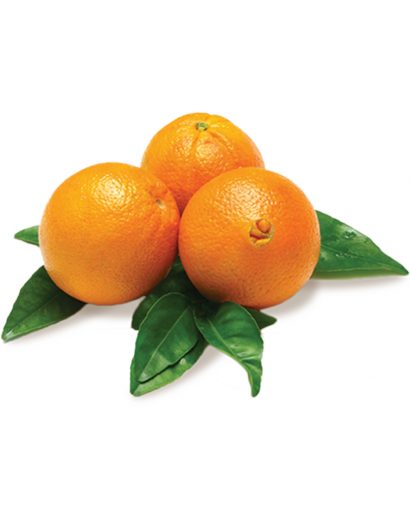
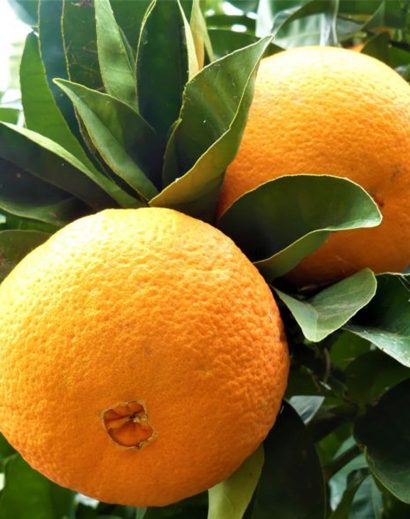
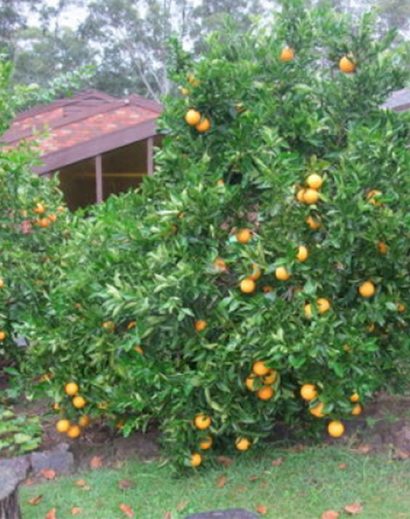
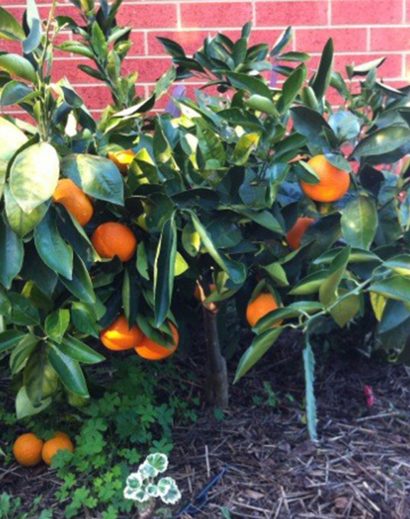
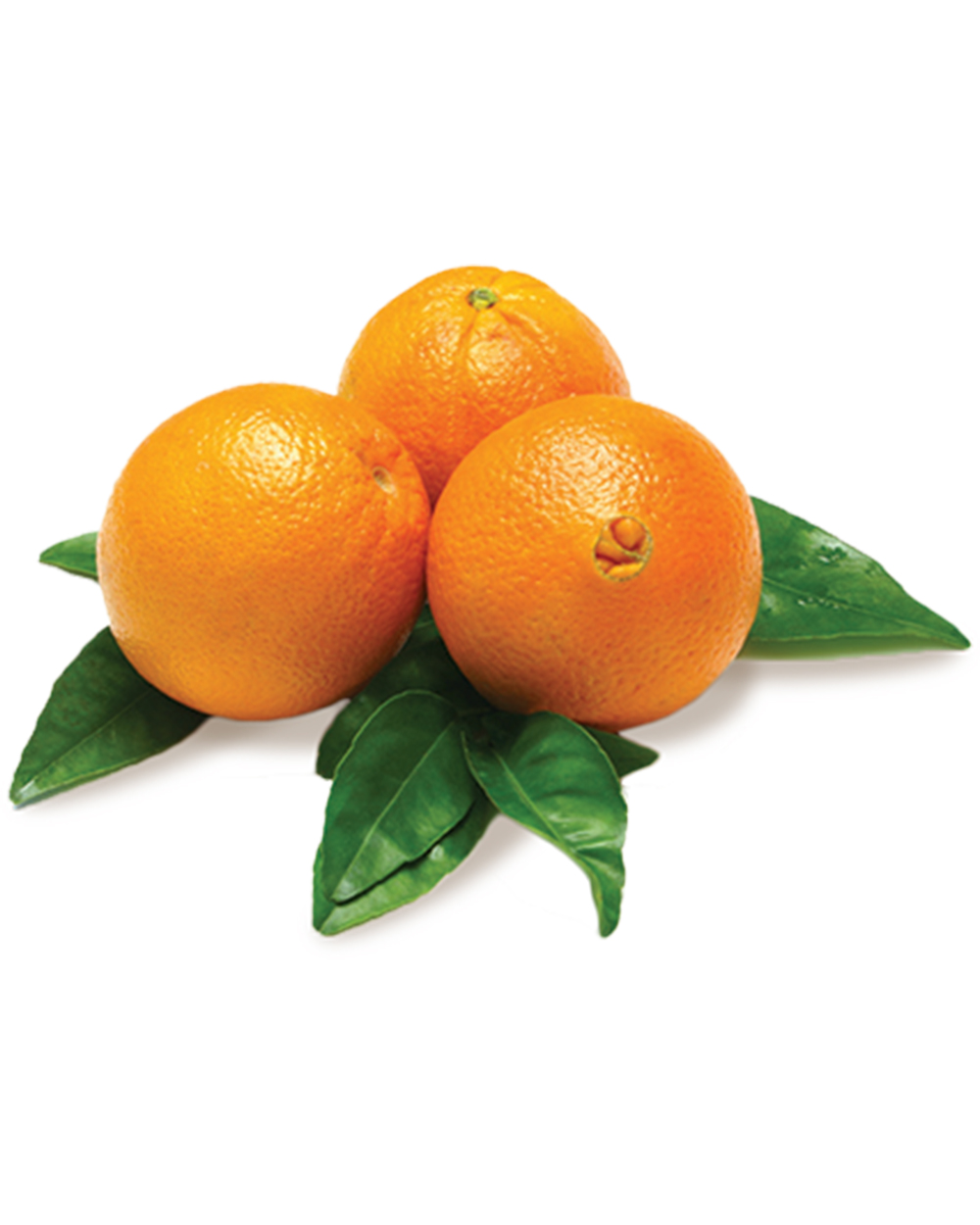
Reviews
There are no reviews yet.